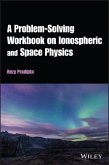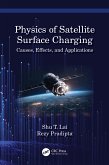
Broschiertes Buch
Causes, Effects, and Applications
27. Mai 2024
CRC Press / Taylor & Francis
| Gebundenes Buch | 90,99 € | |
| eBook, ePUB | 48,95 € | |
| eBook, PDF | 48,95 € |
eBook, ePUB
4. Januar 2023
John Wiley & Sons
Gebundenes Buch
Causes, Effects, and Applications
18. März 2022
CRC Press / Taylor & Francis
Ähnliche Artikel

Broschiertes Buch
Summaries, Examples, and Practice Problems
16. Februar 2023
CRC Press / Taylor & Francis

25,99 €
Versandfertig in 6-10 Tagen
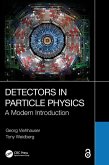
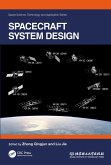

Gebundenes Buch
Universities, the Government, and the Cold War
11. April 2023
Routledge / Taylor & Francis
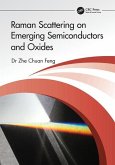
Broschiertes Buch
9. September 2024
CRC Press / Taylor & Francis
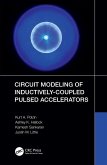
Gebundenes Buch
18. November 2022
CRC Press / Taylor & Francis

Broschiertes Buch
1997.
1. Januar 1997
CRC Press / Taylor & Francis
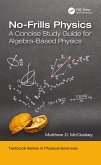
Gebundenes Buch
A Concise Study Guide for Algebra-Based Physics
14. Mai 2019
Taylor & Francis Ltd
Ähnlichkeitssuche: Fact®Finder von OMIKRON

